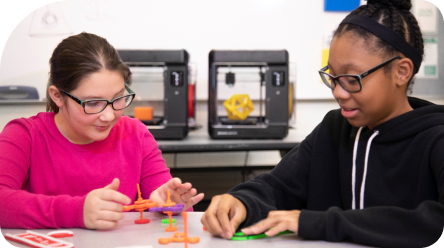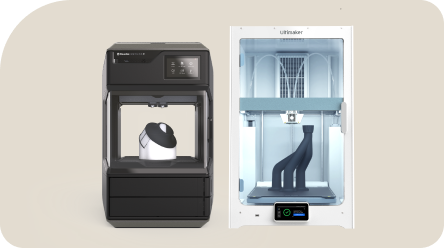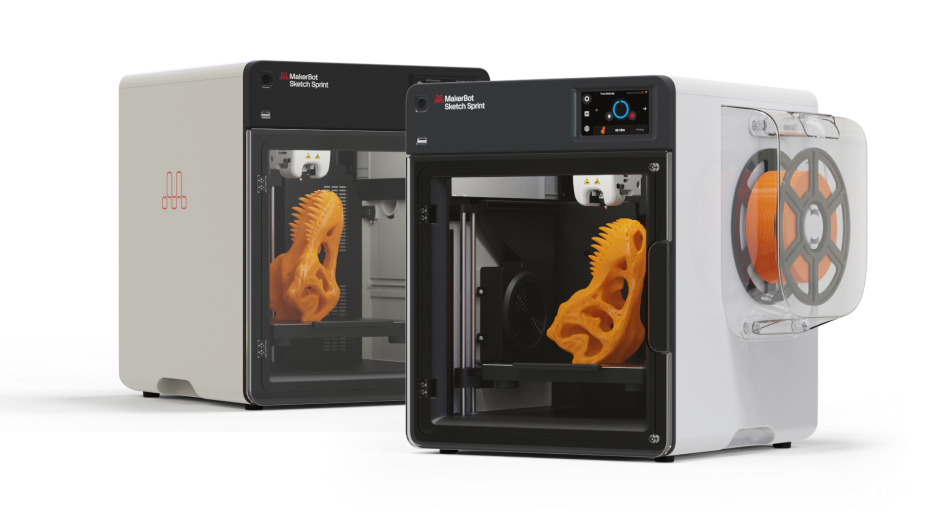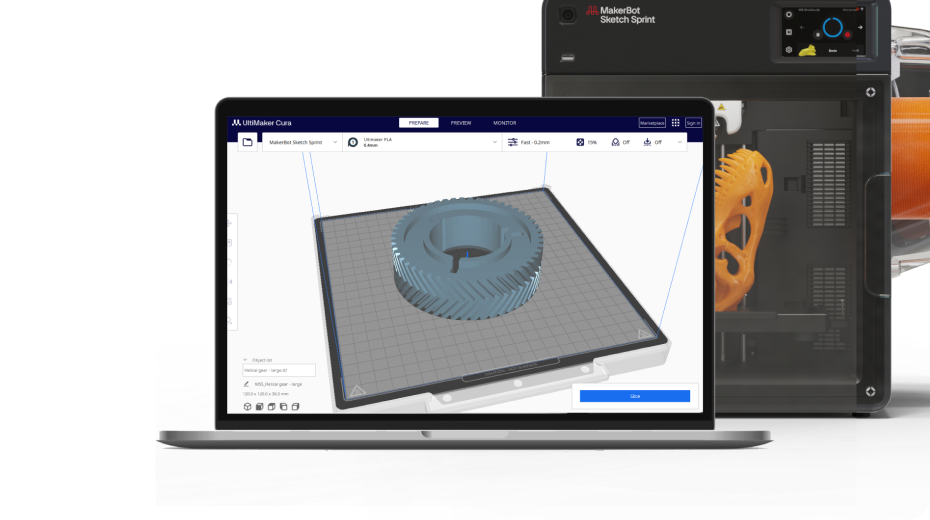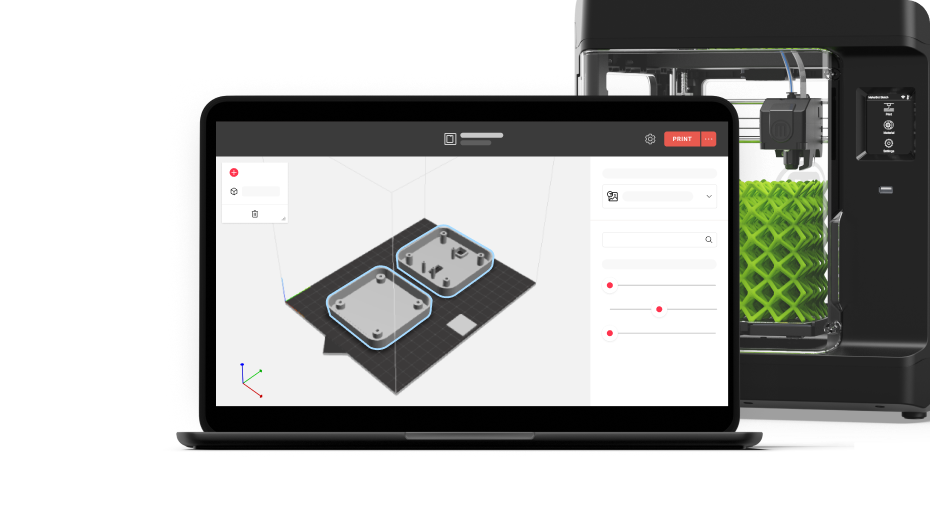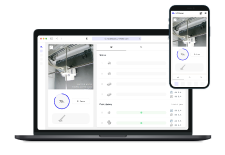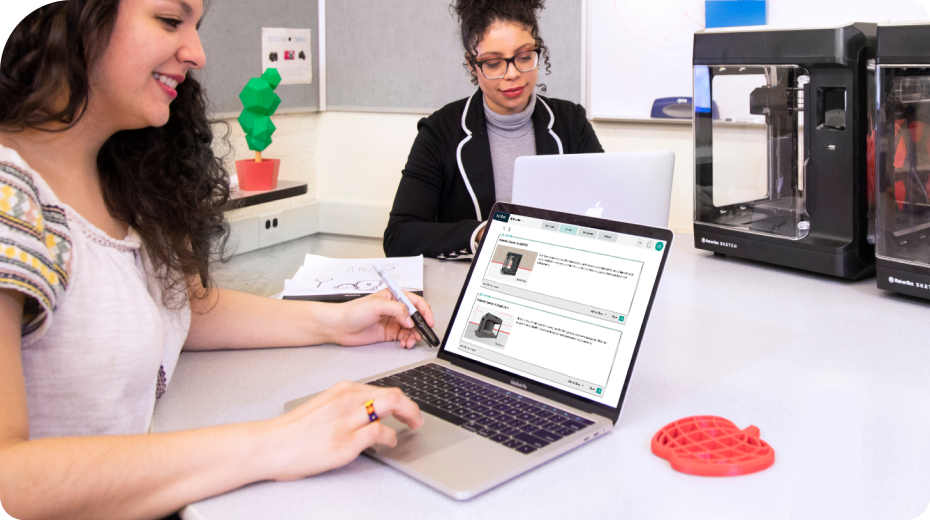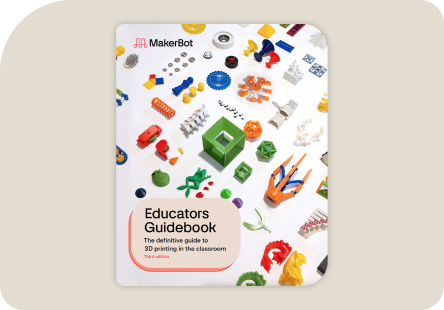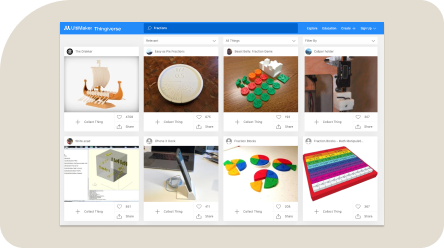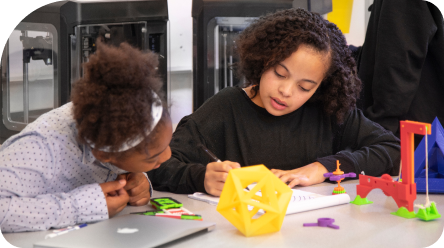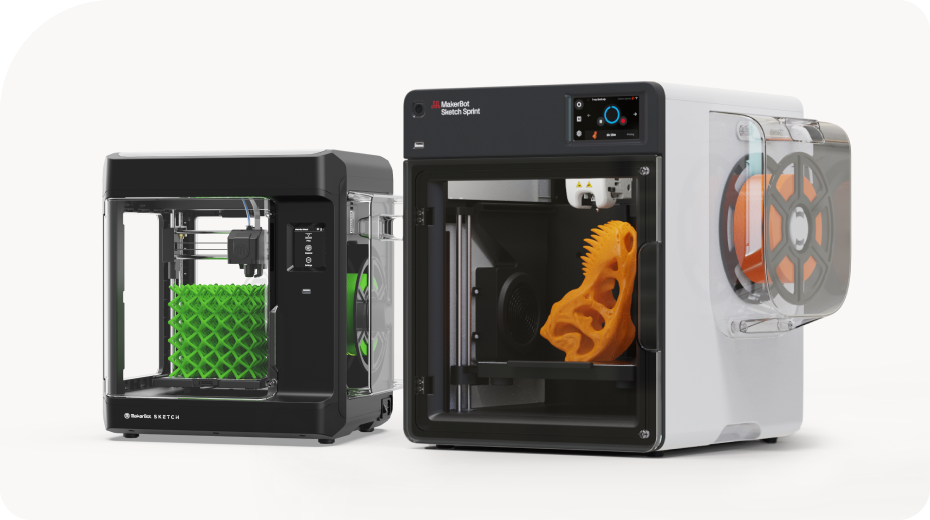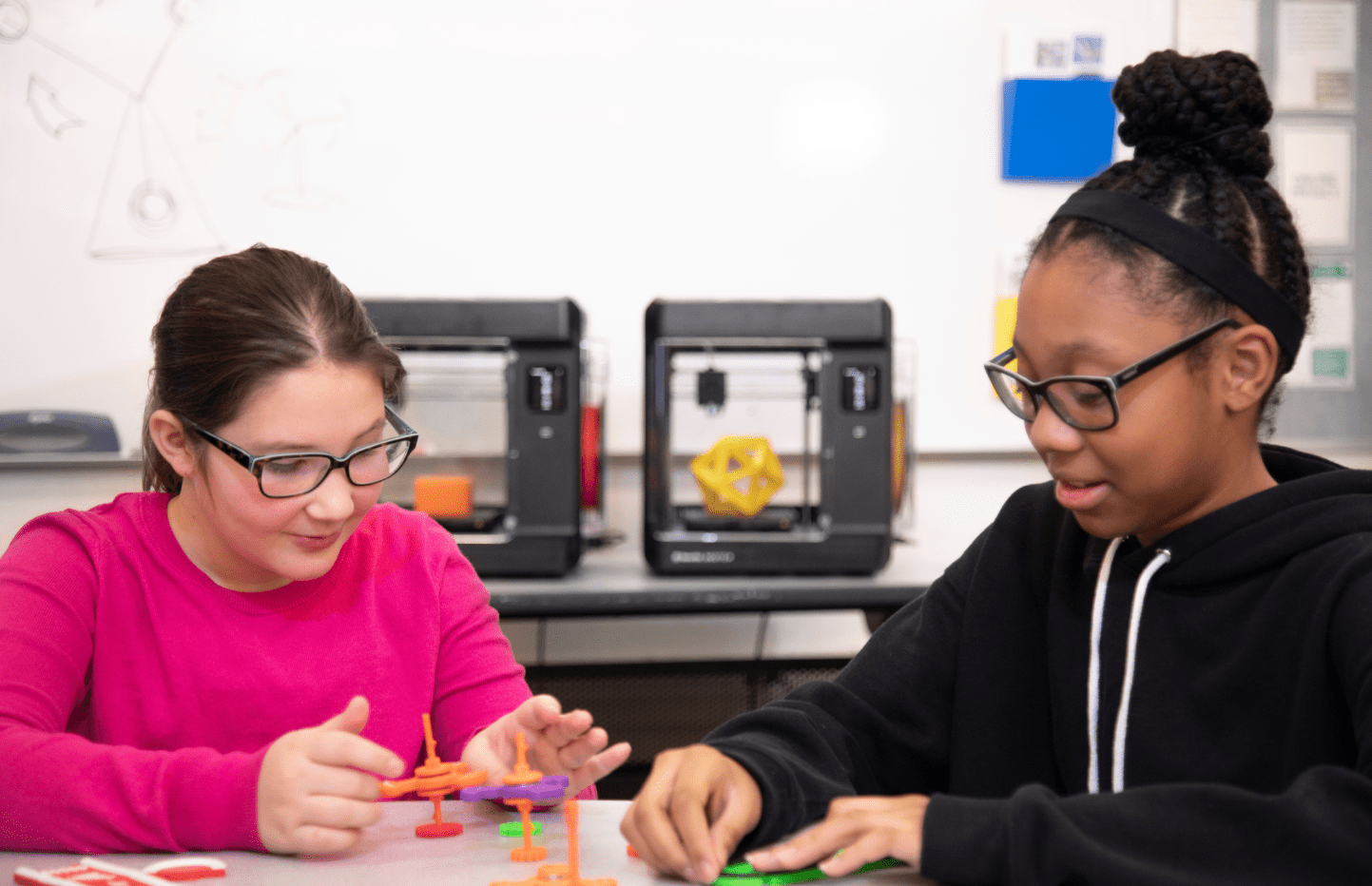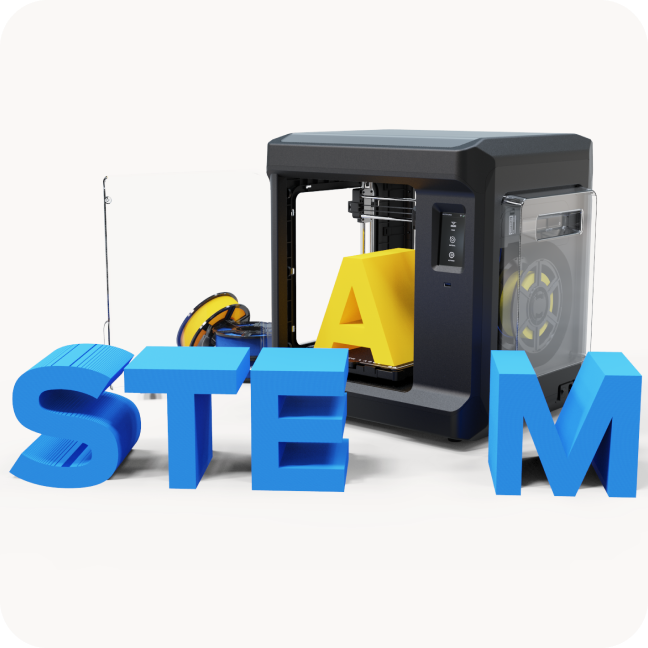STEM (Science, Technology, Engineering, and Mathematics) education is all about hands-on learning, problem-solving, and creativity. But how do you keep students engaged in these subjects, especially in today’s digital age?
Enter 3D printing—a game-changer for STEM classrooms. We believe that bringing 3D printing into your lessons can make abstract concepts tangible, encourage innovation, and prepare students for the future of technology.
Here are some innovative ways to integrate 3D printing into your STEM curriculum.
1. Bring Science to Life with 3D Models
Understanding scientific concepts can be challenging when they’re limited to textbooks and diagrams. With 3D printing, you can create models of DNA strands, cells, or even the solar system to help students grasp complex ideas. Even concepts like force, motion, and energy can be better explained using 3D printed objects that students can manipulate. Imagine your students holding a cross-section of a human heart or assembling a 3D-printed skeleton—science suddenly becomes an interactive experience! 3D printers bring the curriculum to life, making it easier for students to engage with what they're learning, whether it’s biology, physics, or chemistry.
2. Enhance Engineering with Hands-On Prototyping
3D printing can help students learn basic principles of design and engineering by creating and refining objects. Engineering is all about building and testing, and 3D printing allows students to become real-world problem solvers. Whether it’s designing a bridge, creating a gear mechanism, or testing aerodynamics, 3D printing enables students to prototype and refine their designs quickly. Encouraging students to iterate on their designs fosters critical thinking and resilience—essential skills for future engineers.
3. Make Math More Engaging
For many students, math can feel abstract and boring. But what if they could 3D print geometric shapes, fractals, or even custom measurement tools? Seeing and touching a mathematical concept makes it easier to understand. Try having students design and print their own puzzles or tessellations to explore symmetry and patterns in an interactive way. 3D printing encourages a blend of a difficult subject like math and technology into science education.
4. Encourage Creative Problem-Solving with Design Challenges
3D printing empowers students to think outside the box. Introduce design challenges that encourage innovation, such as creating a tool to solve a common problem, designing an assistive device for people with disabilities, or even printing components for a robot. Encourage students to create their own models or inventions for their family members or friends. Challenges like these connect STEM learning with real-world applications and show students the impact of their ideas.
5. Integrate Coding and Robotics
Technology plays a big role in our daily lives from a young age, so integrating it into your students' curriculum can be highly beneficial. It helps them explore the different aspects and possibilities of various technologies, even at an early age. Working with 3D printers prepares students for careers in STEM fields, giving them hands-on experience with cutting-edge technology. For example, combining 3D printing with coding to enhance your technology lessons. Students can design and print custom parts for their robots, drones, or Arduino projects. This approach teaches not only programming skills but also mechanical design and problem-solving. Plus, seeing their coded projects come to life in physical form adds an exciting element to the learning process.
6. Explore Environmental Science with Sustainable 3D Printing
Sustainability is a hot topic, and 3D printing provides a great way to teach students about recycling and material science. Use biodegradable filaments like PLA to discuss eco-friendly manufacturing. Better yet, challenge students to design and print solutions that help the environment, like a small water filtration system or a wind turbine model. In addition to learning, by printing necessary items, schools can reduce the cost of materials and promote a more sustainable classroom environment.
7. Promote Collaboration and Teamwork
STEM isn’t just about individual learning—it’s about collaboration. Assign team projects where students work together to design, slice, and print a project, whether it’s a model city, a functional machine, or even a replica of a historical artifact. 3D printing encourages students to take on different roles, from designers to engineers to researchers, mirroring real-world STEM careers.
Ready to Transform Your STEM Lessons?
Integrating 3D printing into your classroom doesn’t have to be complicated. With MakerBot’s easy-to-use printers and education resources, you can start small and gradually incorporate more projects into your curriculum. The result? More engaged and excited students, more hands-on learning, and a classroom where STEM comes to life.
Want to learn more? Explore our education solutions and see how MakerBot can support your teaching journey!

